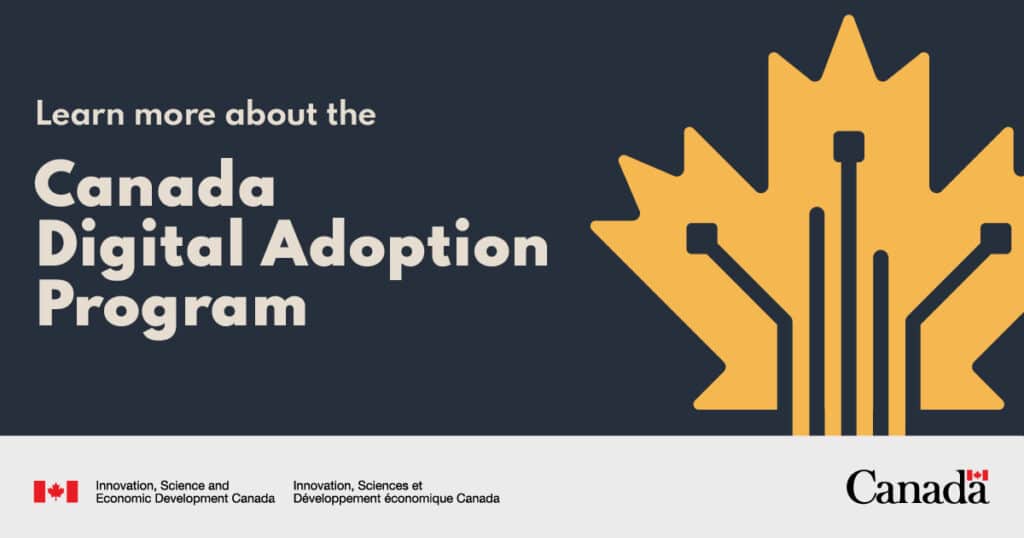Things always change when it comes to SEO, and 2022 looks like a great year for the industry. Google made many big changes to its algorithms in 2021, including the Core Web Vitals Update and the Page Experience Update. There will be more in 2022.
The search engine optimization trends of 2022 are all about being accessible, mobile-friendly, using machine learning, and having good experiences on Google Search.
SEO Trends of 2022
Site Usability Metrics Will Matter More
As indicated by their 2021 Page Experience upgrade, Google prioritizes site speed that results in the greatest user experience. They’ve shown a willingness to punish sites that fall short of specific performance and UI/UX criteria (Core Web Vitals) and those that are inaccessible.
Almost everything that has to do with on-page search engine optimization incorporates UX and UI. You may have the finest content in the world, but if people cannot consume it due to a terrible online experience, it makes no difference.
What site capabilities should you emphasize in 2022 for SEO?
- Site Speed – If your site takes longer than five seconds to load, you risk losing 40% of your visitors. Site performance is critical to a positive online experience, and the correct UI design components and technical SEO may help maintain it that way.
- Accessibility – The WCAG (Web Content Accessibility Guidelines) is a globally recognized collection of guidelines for digital accessibility that is administered by the W3C, an international web standards organization. Your site’s structure and use must be accessible to all users, as measured by permeability, operability, understandability, and resilience.
- Mobile readiness – Most Google search users use the service through a mobile device. As a consequence, Google now indexes and ranks pages using mobile-first indexing. This means it’s critical to ensure your site runs properly on mobile and is simple to read and navigate for mobile consumers. Mobile compatibility is a component of a number of these 2022 SEO trends.
- Interstitial Experience – Interstitials must not impair the page’s accessibility or seem intrusive. Particularly while using mobile devices. I’ve noticed that Google is progressively penalizing these popups.
Content Generation With AI Machine Learning Algorithms
Artificial intelligence is transforming almost every business, and SEO is no exception. Machine learning enables AI technology to consume massive amounts of data faster than humans can, evaluate it, and then utilize it to automate a range of marketing operations. From chatbots to data analysis to content production, AI marketing will be a top SEO strategy in 2022 and beyond.
The Continued Importance Of Backlinks
Google will put an increasing premium on backlink equity for SEO rankings to maintain searchers’ confidence. Link equity is the value that a site adds to your site via a link, influenced by domain authority, current Google rankings, and other criteria.
As a result, backlink creation is critical to any successful SEO strategy. They’re one of the most effective methods for Google to determine if your website is credible enough to lead searchers to better ranks.
Backlinks have long been one of the most important ranking elements in search engine optimization. A link connecting to your site from another site may significantly influence how that page or your whole site ranks in the search results, with the best connections coming from sites in the same area or topic as you that have higher domain authority. When a site like that links to a piece of your material, it tells Google that your work is worth recommending.
Thus, although the value of backlinks has been contested throughout the years, establishing powerful backlinks to your site is a 2022 SEO trend worth following.
Semantic Search Opportunities
Semantic search is a kind of machine learning-based search that is intent- and context-based. It uses historical data and then trial and error to optimize the search experience for users, making it simpler to locate what they’re searching for. This term is often used but seldom well explained.
Google is a company whose mission is to find answers to inquiries as simple as possible so that people continue to use Google. And on your end, you want it to be as simple as possible for customers to locate and utilize your site.
The growth of semantic search entails two things for SEO professionals:
- Secondary keywords are quite important. Because Google can decipher the meaning of queries and publications, the keywords you choose to surround your core keyword are critical. Rather than optimizing for a single or two keywords, ensure that you address the numerous ways searchers think and write about a subject. Additionally, consider it in terms of voice search. As more customers adopt a mobile-first mindset, an increasing number of consumers become voice searchers.
- Your material should address both the major and secondary questions a Googler may have about a subject. Additionally, offer factual facts in response to all of these inquiries. This helps with number one, improves user experience, and keeps visitors on your website longer. This is partially why longer articles have historically ranked higher on Google. If you cannot include crucial subject questions organically into your content, you might try including FAQs.
The Knowledge Graph And SERP Features Will Be Expanded By Google
Often, you won’t even need to click on a search result to get the information you want. Lyrics, airline information, local companies, and various other queries begin and conclude on Google’s search engine results page (SERP) through featured snippets.
Google’s Knowledge Graph and Passage Ranking algorithms leverage user data to provide relevant content to you. Google’s purpose is to assist users in locating information by offering the least amount of material possible and the ability to “dig deeper and wider” in their searches.
While this is beneficial for search engines, companies focused on lead generation will not like the decreased traffic to their websites.
What are our options in this case? Titles, headers, URLs, and high-quality content will play a significant role in increasing CTR when searchers can locate what they’re seeking without clicking. And if you’re not certain that your full article will rank, focus on obtaining a paragraph that ranks towards the top of the SERP.
Conclusion
When it comes to SEO trends and methods, it’s critical to stay updated with Google’s algorithm updates throughout the year.
Though these changes and tips and tactics may seem sophisticated, SEO essentially boils down to something that all companies should prioritize: offering useful, accurate, and engaging information to those seeking it. And it is an unstoppable trend.













